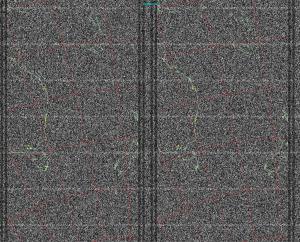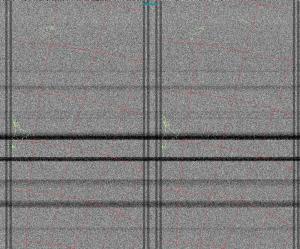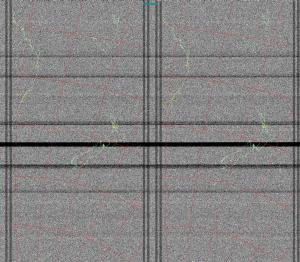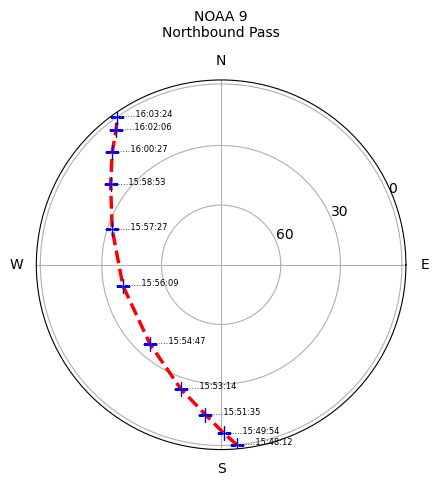NOAA 9 – Signs of Life
As we posted yesterday in “NOAA 9 – Back from the Dead?” it appears that NOAA 9 is far from dead based on our captures of four passes of the satellite over New Zealand over the last 24 hours.
Three of the four passes showed a distinctive pattern where roughly every 2 minutes there was a horizontal line of a signal between areas of background noise.
The first was in an overnight pass which started at 3:26am (NZ time) where the signal can be seen across both image channels. Note that the map outlines for Australia and New Zealand are added during the image processing.

Whilst these lines are feint, there is a distinct repeating signal, however this was unexpected since it is considered highly unlikely that the batteries on NOAA 9 will be functioning so the signal was only expected to be there when NOAA 9 was in sunlight with power being supplied by the solar panels. This suggests that it might just have been a coincidence that there was another source for the signal which just happened at the time of the pass.
However the two daytime passes showed the same pattern, with a stronger signal, potentially boosted by solar power.


Note that the most distinct band is slightly south of Auckland, with this corresponding to where the maximum elevation of the pass occurred:

The Signal to Noise Ratio (SNR) will have been highest at the maximum elevation, which means that the signal will have been at its clearest compared to the background noise.
Based on this repeated pattern, it is likely that this is showing that whilst NOAA 9 is far from being dead, there is however no sign of image data being transmitted. Or if there is, then there is not a high enough SNR for the image data to be extracted.
We will continue to monitor NOAA 9 across some additional passes to see if there are any changes in the observed signal.